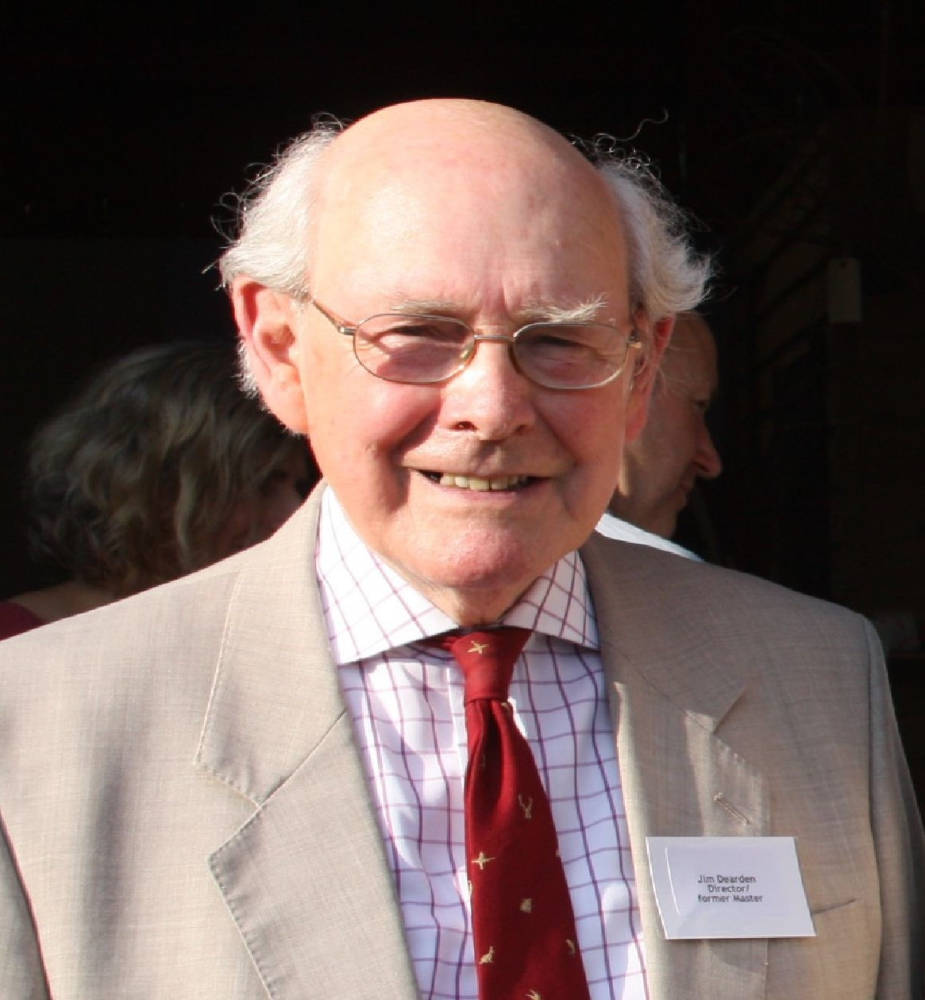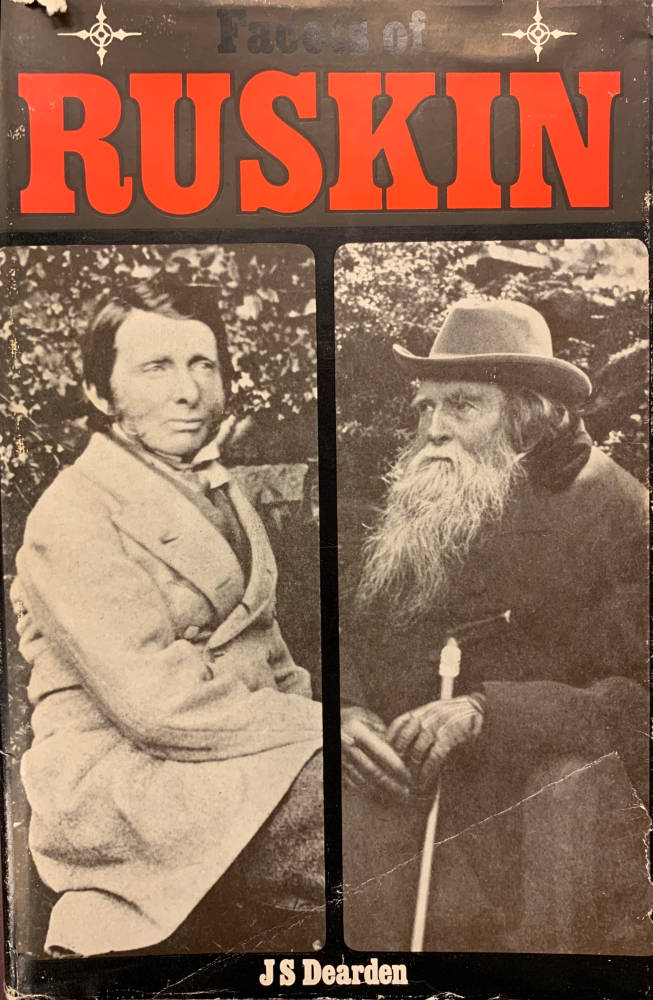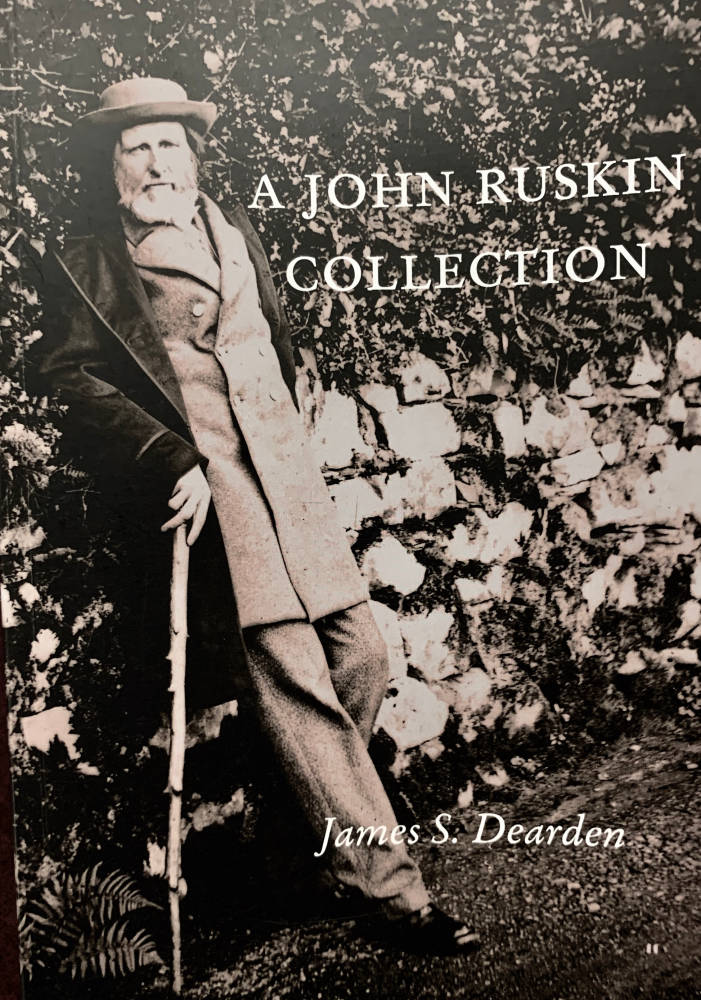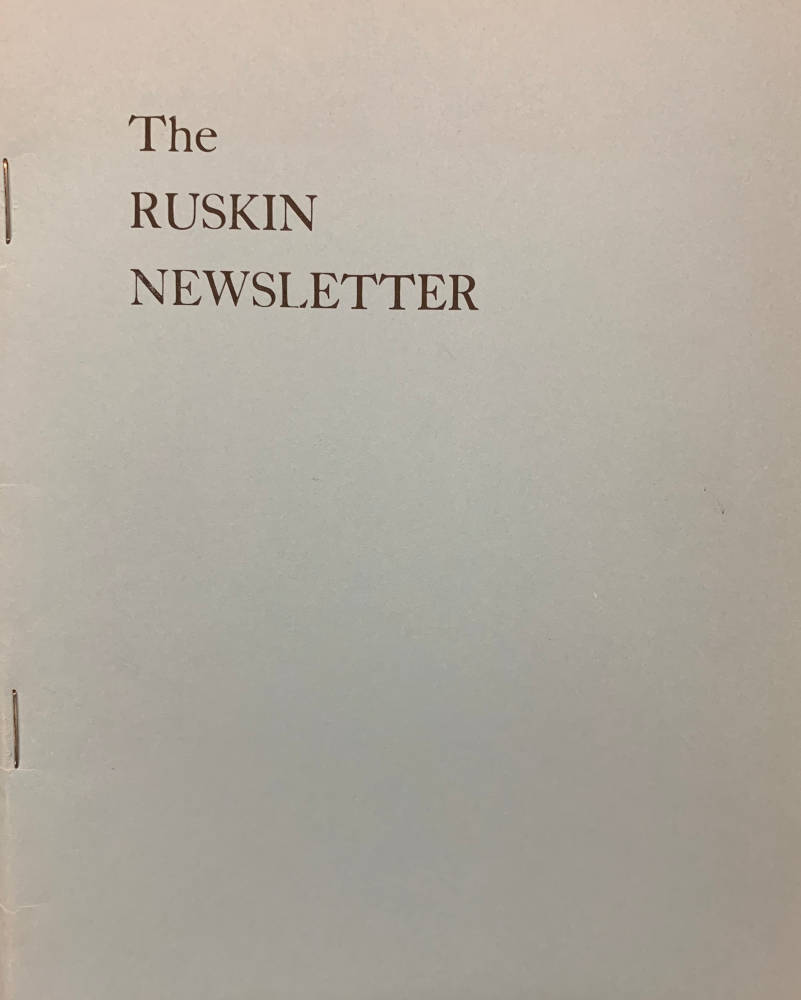
From my earliest youth I have always been a book collector. As a small boy, when asked what I wanted for Christmas or Birthday presents, I always said “Books”. I suppose I was an incipient bibliomaniac ! By the time I had reached the age of eleven or twelve — some seventy seven years ago — I had become interested in local history and my book collecting was channelled into more defined lines. I found that there were two antiquarian bookshops in Kendal and they always stocked many local books. My collecting habits, at this time, were of course too broad. I was interested in anything about Furness and the Lake District, where I lived — and anything printed in the area or written by an author connected with the area.
Over the following years I built a very substantial collection. But eventually I no longer lived in the area, and although I received very many booksellers' catalogues, the material, by now, which I sought, was too ephemeral to appear in such catalogues. I decided that I could no longer collect my material when I no longer lived in the area. Eventually I sold my library (some items I really should have retained) to the Wordsworth Trust. My collection is still there, in the library at Dove Cottage at Grasmere, where it is called “The Dearden Collection”.
I first fell across Ruskin because of this blanket collecting. I wasn't interested in Ruskin, but he qualified as a collectable author because he lived at Coniston. From Ewen Kerr's bookshop in Kendal I bought a copy of Yewdale and its Streamlets (1877) — he always had several copies on his shelves. It ticked all of the boxes — local author, subject suggesting local interest, and printed at the Kendal Mercury Office in Kendal. Another booklet bought firom the same dealer, probably about the same time, was Robert Somervell's A Protest against the Extension of Railways in the Lake District (1876). Again, a local subject, and with a Preface by Ruskin. At that time I didn't know that the author was a Kendal man. Probably also about this time I bought a copy of the two volume first edition of W.G.Collingwood's The Life and Work of John Ruskin (1893) from either Ewen Kerr, or Leslie Brookes whose shop was just round the comer, in Kendal. Local author, local subject — it ticked the boxes. I am a book collector. I don't imagine I read any of these early purchases!




A few of James Dearden’s publications. [Click on images to enlarge them.]
That's how I originally “came to Ruskin”. In 1945 my parents sent me to school at Bembridge in the Isle of Wight. I eventually learned that here was a collection of pictures and books by Ruskin — and at school we heard a certain amount about Ruskin. I was not particularly interested, but because of my earlier exposure, I suppose I was marginally more interested than my contemporaries at School.
At home at Barrow, my parents knew a craftsman in wood, called Fred Sharp. My father had a small electric motor which he had advertised for sale and Fred Sharp got in touch with him. He wanted it to drive one of his lathes. He bought it, and during the course of conversation it was mentioned that I was at Bembridge. Sharp, who knew of the Whitehouse Collection (Whitehouse didn't know of the Sharp Collection) automatically thought that I must be interested in Ruskin. Come the holidays, my mother and I had to visit Sharp. He showed me many of his treasures — the manuscript of the 1830 Lake District tour (which interest me because of its subject), other diaries, a self portrait, a watercolour by Ruskin's father which hung in Ruskin's bedroom at Brantwood — and so many other things. Oh, that I had taken more notice of what Sharp showed me! But I was only fourteen. This was the first of several visits to see Sharp. From time to time he made gifts to my mother — a couple of ex-Ruskin Prout engravings, one of Ruskin's visiting cards, a small drawing of a street scene, a lovely little watercolour of Abbeville.



A term or two later I bought from a bookseller's catalogue (I'm sure for a very nominal price) a letter written by Ruskin. I wrote to tell Fred Sharp and he replied at length, telling me all about the addressee and his daughter. Thus, I suppose, the foundations were laid — without my realising it. Whitehouse also helped, realising my interest in things biographical and bibliographical. At school, for about an hour after lights-out on some evenings, I worked in a room in Whitehouse's part of the house, transcribing part of Ruskin's 1835 Diary. This task was never completed because by now Admiral James's book on Ruskin's marriage, The Order of Release (1947), had been published. Whitehouse was planning a reply which eventually appeared as The Vindication of Ruskin (1950). My contribution to the volume was to search Ruskin's 1853 diary and transcribe all of the references to the time at Glenfinlas.
By the time Whitehouse's Vindication was published, I had left school, begun my National Service in the army — and lost all interest in Ruskin! Almost immediately after leaving school I had to report for National Service training at Aldershot. I quite enjoyed it — it wasn’t unlike being back at school! The regular service continued for two years, and at the end of this period, I had absolutely no idea of what I wanted to do as a career. Eventually, by one means or another I joined a husband and wife publishing firm called The Tantivy Press. They published The Antiques Yearbook and eventually The Farmers Yearbook. Both books were based on advertising and for a few years I happily drove around the country visiting antique shops and selling advertising space to dealers. I also had to visit book shops to sell copies of the Yearbooks to booksellers. This I didn't enjoy. New-Booksellers were not eager to buy books. Our office was in deepest Gloucestershire for three years, and then for practical reasons we moved to London. After a couple of years in London, unlike Dr Johnson, I was not tired of life, but I was heartily tired of the people I worked with and of life in London. So I left and returned to the north, and to home. When I finished with the Tantivy Press I had just reserved a series of tickets at the Savoy Theatre where the D'Oyly Carte Company were holding a Gilbert and Sullivan series. I stayed on it London until the end of the series before returning to the north — which must have been just before Easter of 1953.


A few days before Easter I received a phone call from Gerran Lloyd. He had been a member of staff at Bembridge and had kept in touch with Whitehouse. I remembered his occasional visits to school as a friend of Whitehouse. Whitehouse had just been dead for a couple of years, Gerran Lloyd and his family were staying at Brantwood over Easter. He invited me and my parents to tea at Brantwood. We went, and during the course of conversation Lloyd mentioned that there was a huge quantity of Whitehouse papers at Bembridge which needed sorting. Whitehouse had led an interesting political and educational life, and the papers were just too important to destroy — and did I know anyone who could deal with them. I observed that I supposed I could, and within a couple of weeks I was back at Bembridge, living in Whitehouse's New House, attached to the Ruskin Galleries where all of the Whitehouse papers occupied a large number of big wooden boxes in the lower gallery. I began sorting and filing the papers, but I fear I never completed the task.
At this time there were very few people in the world actively interested in Ruskin. In England Joan Evans was completing her edition of Ruskin's Diaries. In America Helen Viljoen was continuing the work she had begun in the 1920s. Van Burd had written one or two articles, and I suppose John Rosenberg was beginning work on his book. In Maryland Sam Brown was working on the excluded passages from Praeterita. The occasional postal inquiry was beginning to arrive at Bembridge — and because I was actually working in the galleries, the Bursar passed these on to me! Effectively I had to learn my Ruskin, and catalogue the collection, in order to try to help these correspondents.
Immediately after Whitehouse's death, Gerran Lloyd had commissioned Stevens & Brown, Whitehouse's agents, to come to Bembridge to catalogue the pictures. But their catalogue was virtually worthless. The letters and manuscripts were quite uncatalogued, many of the letters still in the wrappers in which they had left the Brantwood sales in the 1930s. The large collections of photographs and books were also uncatalogued.
My first visitor was a professor from Yale who, in fact was not interested in Ruskin, but was working on Whitehouse. The first Ruskin visitor was Helen Viljoen. She had been corresponding with Fred Sharp, who in fact died only a few weeks after I returned to Bembridge. In his will, made years earlier, he had bequeathed his Ruskin collection to Mrs Holmes, his landlady, but as he lay dying he told Mrs Holmes that he wanted his Ruskin manuscripts to go to Helen. In due course Helen came to collect her bequest, visiting Bembridge on the same trip. I think she was here for a week; she only left the school once during that time, and worked certainly for more than twelve hours every day.
Other visitors, realising that access to the Whitehouse Collection was now available, soon began to arrive. John Bradley and the Countess of Birkenhead were among the earliest, as of course was my old friend Van Burd — making the first of several visits over the years. Joe Links and his wife Mary Lutyens, came several times, and later, Virginia Surtees. Tim Hilton spent two whole winters at Bembridge, working on his two volume biography of Ruskin. Other very welcomed visitors over the years included Robert Hewison, Dinah Birch, Jeanne Clegg, Paul Tucker, Francis O'Gorman, Sara Haslam, Janet Barnes — and very many others. My last visitor, just after I had actually retired and before the collection moved to Lancaster, was Emma Sdegno. As far as possible I am still in touch with most of them and consider them all good friends.
To a great extent it was from them that I learned my Ruskin. I have the unhappy knack of being unable to not interfere in what people are doing. All of my visitors were working on different aspects of Ruskin; mostly they knew what they wanted to see, but in many cases I was able to recommend additional material as being relevant to their research. I looked at all that they had called for, and thus I assembled a wide range of Ruskin knowledge. But it must be said that my interest was mostly biographical and bibliographical.
I learned too, mainly from Robert Hewison, about exhibitions. Over forty years I arranged or was involved in the arranging of may Ruskin exhibitions which travelled world-wide, and I usually travelled with the gallery's loans.
I was the founder, in 1969, of the Ruskin Association. Its prime function was to act as publisher of The Ruskin Newsletter, which, for twenty years, I edited, produced, and largely wrote.
Many of my visitors later presented me with inscribed copies of their books but as far as books by Ruskin were concerned, I did not feel that I could collect privately while employed to look after the Collection. Mrs Holmes had given me a few of the books from Sharp's collection, and I did buy the occsional book. But I didn't begin to collect books by and about Ruskin seriously until after I retired. That was twenty four years ago, and largely during that time I have brought together what is probably the largest private collection of printed Ruskin material. Among the books of which I am most proud, are three that are dedicated to me — Robert Hewison's 2009 Guild of St George Ruskin Lecture, Of Ruskin's Gardens, Dinah Birch and Francis O'Gorman's Ruskin and Gender (2002), and the catalogue of the great 2000 Ruskin Exhibition at the Tate Gallery.
Representing the now worldwide interest in Ruskin, I have in my collection books by or about him, in addition to English, in Welsh, Latin, Japanese, Chinese, German, French, Dutch, Spanish, Polish, Russian, Gujarati and Oriya.
That's how I came to Ruskin!
Last modified 19 June 2019